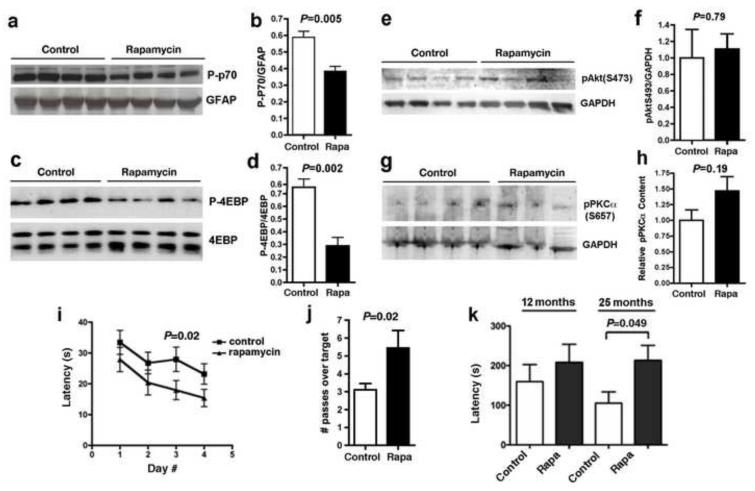Figure 1. Rapamycin enhances cognitive function in C57BL/6J mice. a-h. mTORC1 but not mTORC2 activity are decreased in rapamycin-treated brains.
a, c, e, g. Representative immunoblots of whole brain (a and e) or hippocampal lysates (c and g) from control- and rapamycin-treated mice; b, d, f, h. Quantitative densitometric analyses. Phosphorylated (activated) p70 and phosphorylated 4EBP (b and d), but not S473 phosphorylated PKB/Akt nor phosphorylated PKCalpha (f and h) were decreased in brains of rapamycin-fed mice (P as indicated, unpaired Student’s t test, n=6-10 for each group). Mice were fed with rapamycin-supplemented chow for 16 weeks. i-j. Rapamycin-fed mice C57BL/6J show improved spatial learning and memory. i. Spatial training. Mean latencies to reach a hidden platform were significantly reduced for rapamycin-fed male mice compared to control-fed animals (Significant effect of treatment on performance, F(3,54)=6.40, P as indicated, two-way ANOVA). j. Probe trial. Retention of the former platform site was enhanced in rapamycin-fed male mice with respect to the control-fed group (P as indicated, one-way ANOVA). n=10 for each group. Mice were fed with rapamycin-supplemented chow for 16 weeks. k. Old rapamycin-fed mice show improved memory of an aversive stimulus. Latencies to enter a dark compartment were increased as a result of enhanced memory of an aversive event (2-second foot shock) in rapamycin-fed mice of mixed gender at 25 months of age (P as indicated, upaired Student’s t test). n=9-14 for each group. Data are means ± SEM.

